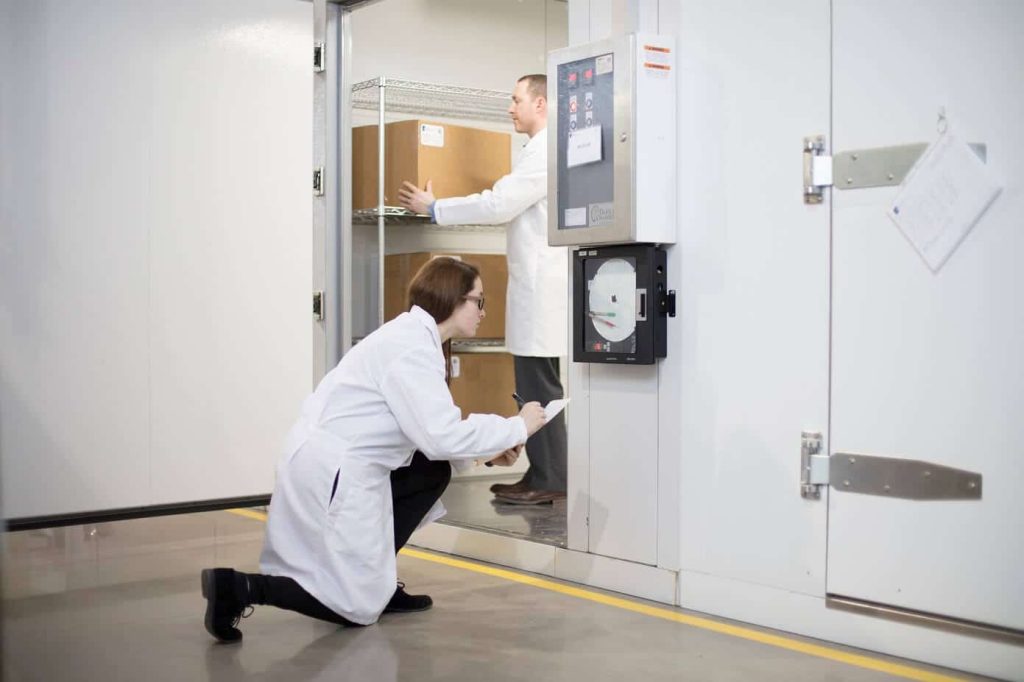

Words matter, especially in the medical device packaging industry. Standards, regulations, and requirements spell out outcomes that testing must adhere to, all to preserve and protect the health and safety of patients and healthcare staff. Over time, professionals review these standards to make sure they adapt to real-world situations and conditions.
As a result, standards change and are refined to improve product performance and patient safety. These industry shifts always have an impact. The new ASTM F1980-21 standard revision is a shift in industry because humidity is being considered in the accelerated aging testing process, and not just for packaging.
The old standard was Standard Guide for Accelerated Aging of Sterile Barrier Systems for Medical Devices.
The new language for this standard is Standard Guide for Accelerated Aging of Sterile Barrier Systems and Medical Devices.
Previously, ASTM F1980-16 was intended to provide guidance for accelerated aging testing of medical packaging, says Matt TerBush, PCL’s Senior Laboratory Packaging Engineer. “Then they found evidence in real industry applications that devices that were stored over time were having defects on the packaging and device side that were not seen in the accelerated aging studies. With the F1980-21 standard revision, they’re including medical devices as part of the shelf-life testing as well as relative humidity considerations to catch these defects beforehand.”
So, the shift is that device manufacturers need to know the materials that are in their packaging and devices. “Polymers have different degradation properties relative to moisture and humidity, and the new standards add stricter environmental and conditioning concerns”, Matt says.
PCL has already developed our response to the ASTM F1980-21 standard. “Our Standards Working Group regularly reviews ASTM standards because we need to provide accurate and compliant testing services,” he says. “In this case, we have already revalidated some chambers which were previously targeting values below 20 percent relative humidity. Our process via Operational Qualification (OQ) and Performance Qualification (PQ) was performed to a range of 45-55% RH +/-5% RH. Additionally, PCL has purchased additional chambers to meet the specific needs of clients.”
“We’re always keeping up to date and make sure we’re providing clients with the latest and greatest standards in the industry.”
One of the big questions for device manufacturers is when will the new standard go into effect, says Matt. “For now, validation testing that was previously conducted or currently underway is not affected. But, if you’re going to start a new study, you need to understand the new requirements and evaluate whether your device needs to meet the humidity testing requirements.”
“The most important advice we have for device manufacturers is to get involved in ASTM to stay updated on industry trends,” says Matt. “It’s a good trend for the industry to expand the humidity testing standards. Overall, the goal is so that we don’t find out three or five years from now that devices have degraded, don’t work, or even potentially harm a patient which was not seen in accelerated aging studies. It’s all about patient safety.”